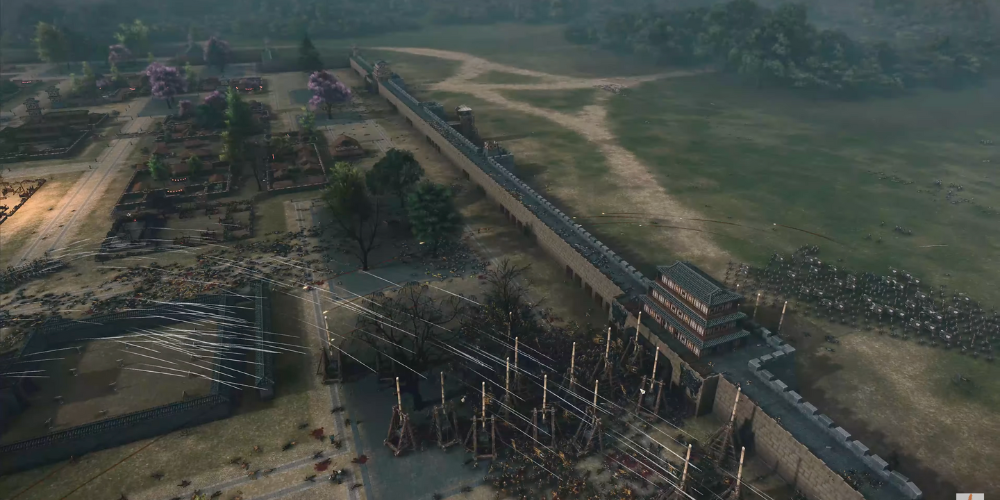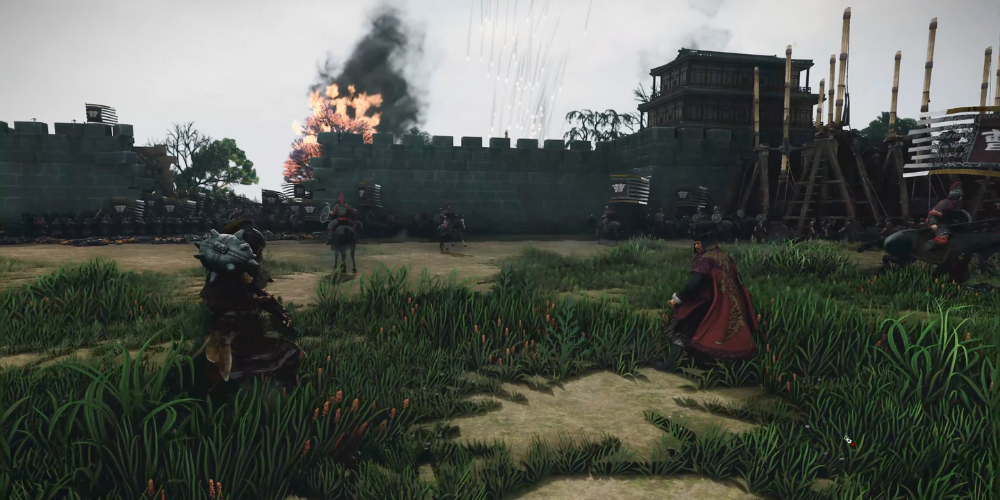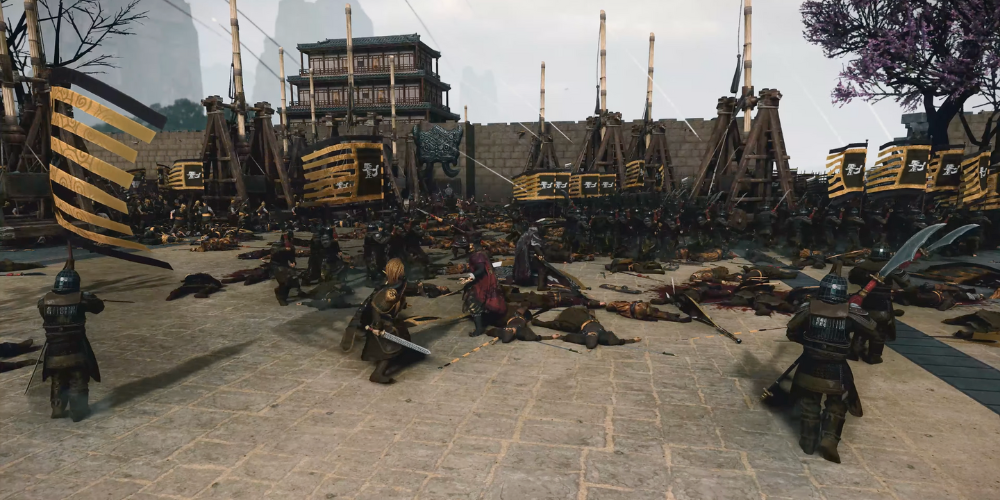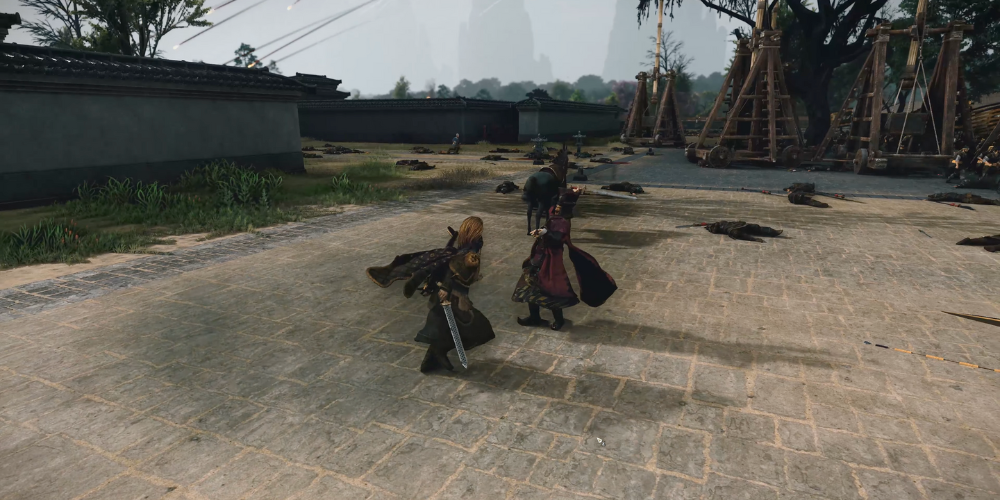History and Legends: The Story Behind Total War: Three Kingdoms
- Apr 08, 2024
- 168

In the realm of video games, few have managed to blend historical authenticity with mythic grandeur, quite like Total War: Three Kingdoms. Developed by Creative Assembly and released in 2019, this strategy game takes players back to one of China's most tumultuous and romanticized periods—the Three Kingdoms era. This chapter in history, spanning from the late 2nd century to the early 3rd century AD, was a time of great upheaval, legendary figures, and tales that have transcended generations. This delves into the intricate tapestry of history and legend that serves as the foundation for Total War: Three Kingdoms, offering players not just a game but a portal to another time and place.
The Historical Backdrop
The Three Kingdoms period, the game's setting, emerged from the ruins of the Han dynasty, which began to crumble in the 2nd century due to a combination of internal corruption, peasant revolts, and the power struggles of warlords. As the Han dynasty disintegrated, three major powers emerged, each led by a formidable warlord: the Kingdom of Wei under Cao Cao, the Kingdom of Shu led by Liu Bei, and the Kingdom of Wu under Sun Quan. These factions fought relentlessly for dominance, a struggle that would define the era and shape the future of China.
The Key Figures

Total War: Three Kingdoms is populated by a spectrum of characters who are legendary in Chinese culture. Cao Cao, Liu Bei, and Sun Quan, the leaders of the Wei, Shu, and Wu kingdoms respectively, are among the most prominently featured. However, the game, much like the historical texts and novels it draws from, does not limit its narrative to these figures alone. Heroes such as the indomitable Guan Yu, the swift and powerful Lu Bu, and the strategic mastermind Zhuge Liang also play pivotal roles, their destinies intertwined with the rise and fall of their respective kingdoms.
The Romance of the Three Kingdoms
While the game is grounded in historical events, it is equally rooted in the legendary tales of "The Romance of the Three Kingdoms," a novel written by Luo Guanzhong in the 14th century. This literary masterpiece dramatizes and embellishes the historical records, presenting the figures of the era not just as historical personages, but as almost mythic heroes and villains endowed with exceptional talents and facing extraordinary challenges. This blend of fact and fiction has not only informed the gameplay of Total War: Three Kingdoms but has also contributed to its rich, narrative depth.
Strategic Gameplay Rooted in History

The gameplay of Total War: Three Kingdoms mirrors the complex military, economic, and political landscape of its historical setting. Players must navigate the intricacies of alliance-building, territorial expansion, and warfare strategy that reflect the real challenges faced by the leaders of the era. The game puts a significant emphasis on the "art of war," taking inspiration from the ancient text attributed to Sun Tzu. It requires players to think like the generals of old, utilizing terrain, weather, and the unique abilities of their units and heroes to achieve victory.
Cultural and Architectural Authenticity
One of the game's most praised aspects is its attention to detail in recreating the period's cultural and architectural elements. From the opulent palaces of nobles to the humble homes of peasants, each building in Total War: Three Kingdoms is crafted to reflect the architectural styles of the time. Similarly, the costumes, weaponry, and even the music, imbued with traditional Chinese instruments, serve to immerse players in the era, making the game not just a strategic challenge but a cultural experience.
The Influence of Legends

Legends have played a crucial role in constructing the game's narrative and mechanics. Total War: Three Kingdoms offers two distinct modes: "Romance" and "Records." The Romance mode embraces the mythic aspects of the Three Kingdoms period, allowing characters to perform feats of extraordinary valor and strength, much like in the novel. In contrast, the Records mode offers a more historically grounded experience, focusing on realistic military tactics and leadership challenges. This duality allows players to engage with the era from both a legendary and a historical perspective, offering insights into how myths and facts have intertwined to shape the story of the Three Kingdoms.
Conclusion
Total War: Three Kingdoms is more than a game; it is a journey into the heart of Chinese history and mythology. It presents an era where heroes and tyrants vied for power, where loyalty and treachery were two sides of the same coin, and where legend and reality converge. By intertwining the authentic struggle of historical figures with the dramatic flair of legendary heroes, Total War: Three Kingdoms offers an unparalleled exploration of one of the most fascinating periods in human history, inviting players to leave their mark on a world where the past is alive, contested, and as turbulent as the waters of the Yangtze River itself.
Through its intricate design, strategic depth, and narrative richness, Total War: Three Kingdoms stands as a testament to the enduring allure of the Three Kingdoms era. It captures the imagination and draws players into a past that feels vibrantly alive, challenging them not just to win battles and conquer territories, but to consider the heritage of courage, cunning, and ambition that defines this legendary chapter in China’s vast tapestry of history.
